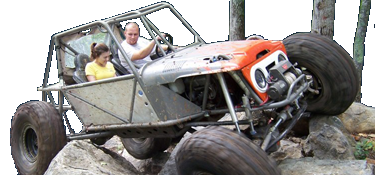Keith1138
Well-Known Member
- Joined
- Nov 18, 2015
- Location
- Harrisburg NC
Copy cat.....@marty79 the link I posted from Rusty's is the typical white colored shocks that mostly every shock company sells. There should be an application there with the extended/compressed length you need with travel accounted for.
I'm sure you know how to measure for shocks, but just in case: Remove shocks, compress suspension on one side. Measure between mounting holes. Measure opposing side. That will be your compressed/extended lengths. The difference is your travel. Don't let the shock be the limiting factor in suspension travel either direction.
Make sense?
Sent from my SM-G981U using Tapatalk



